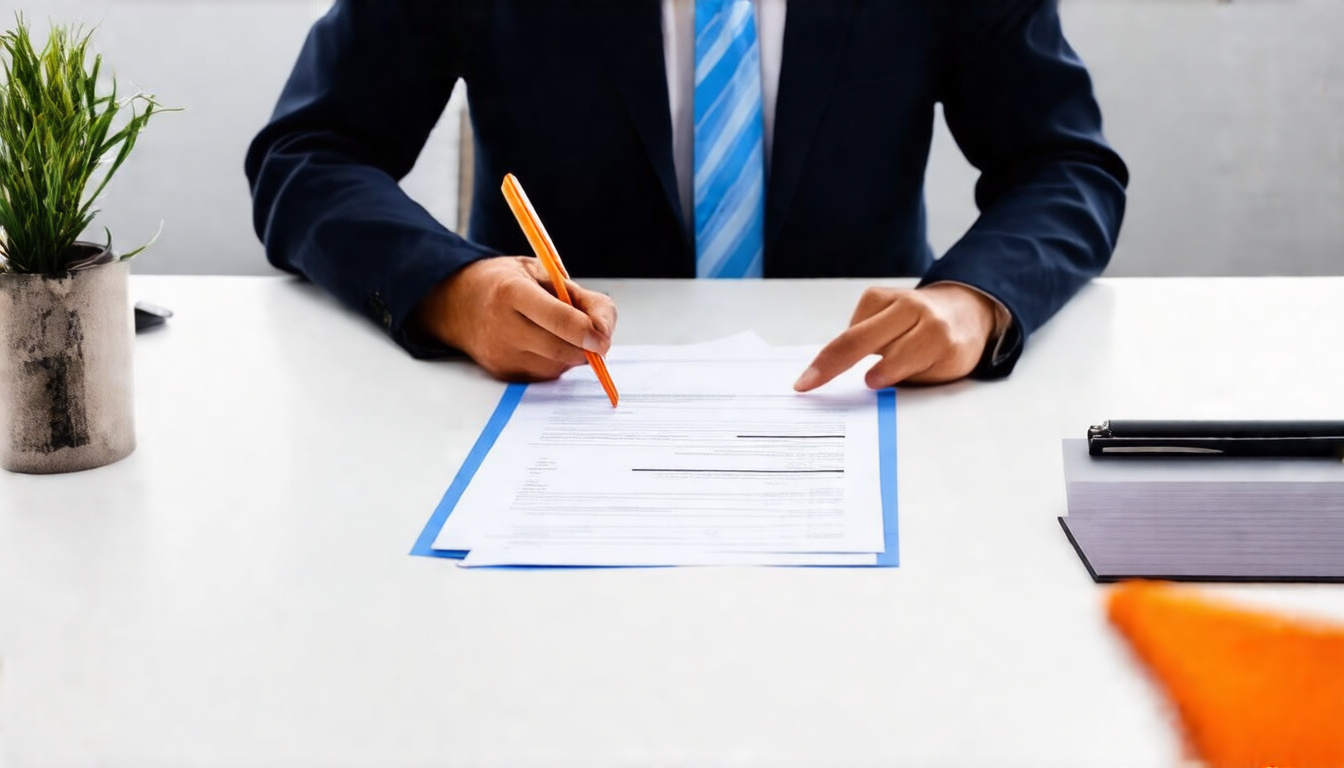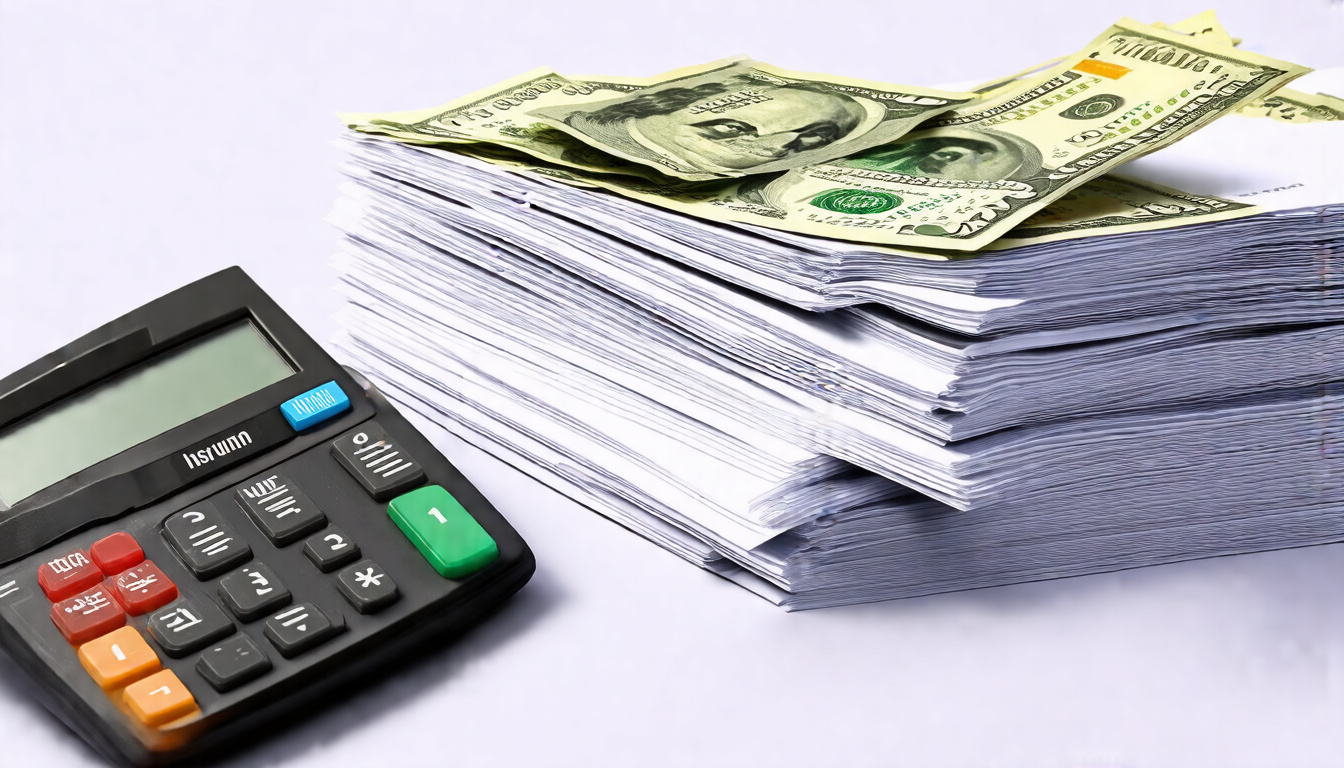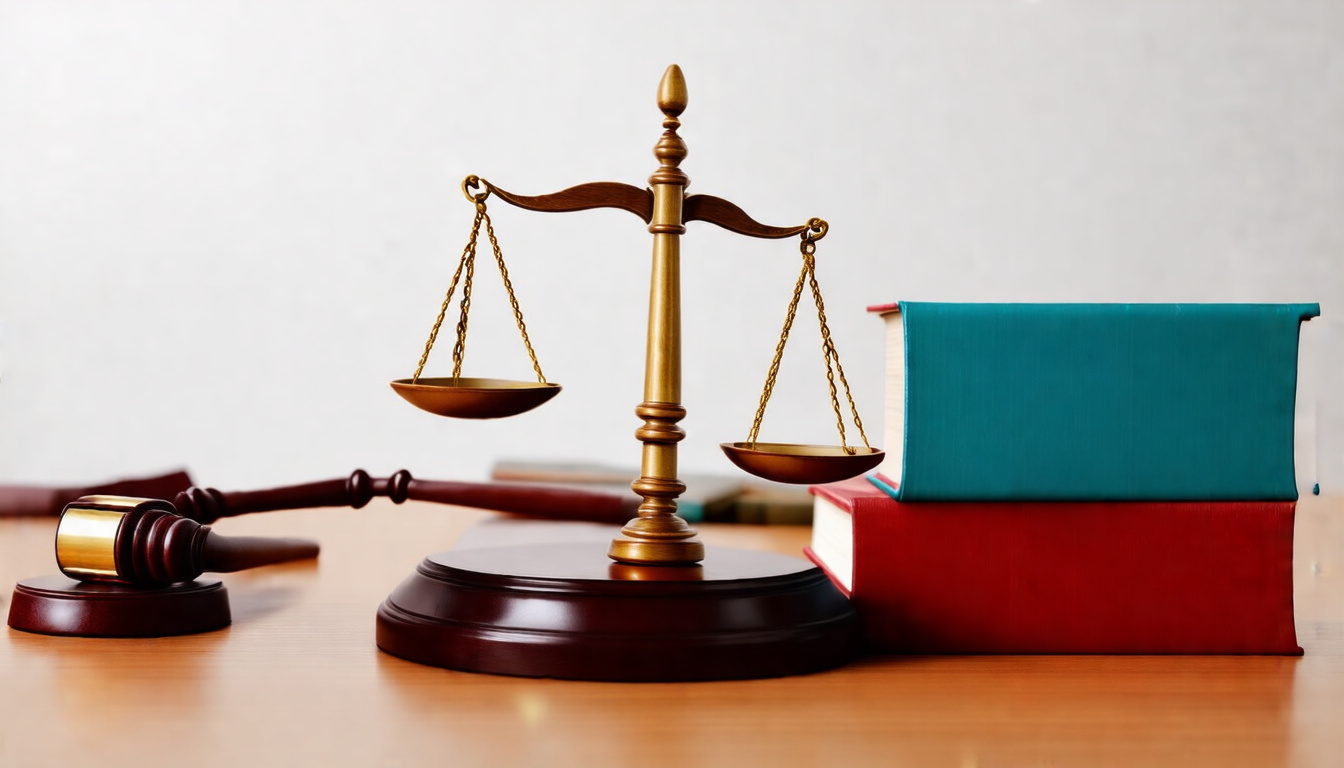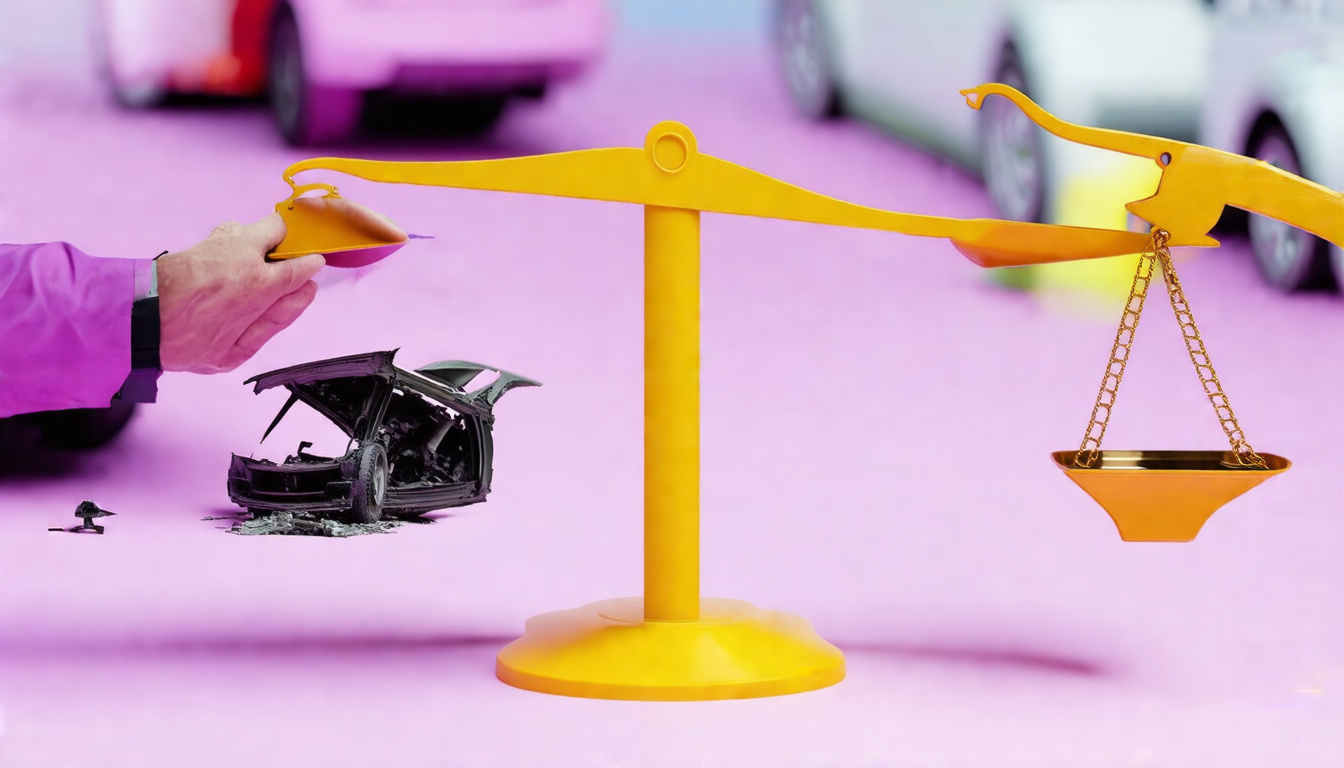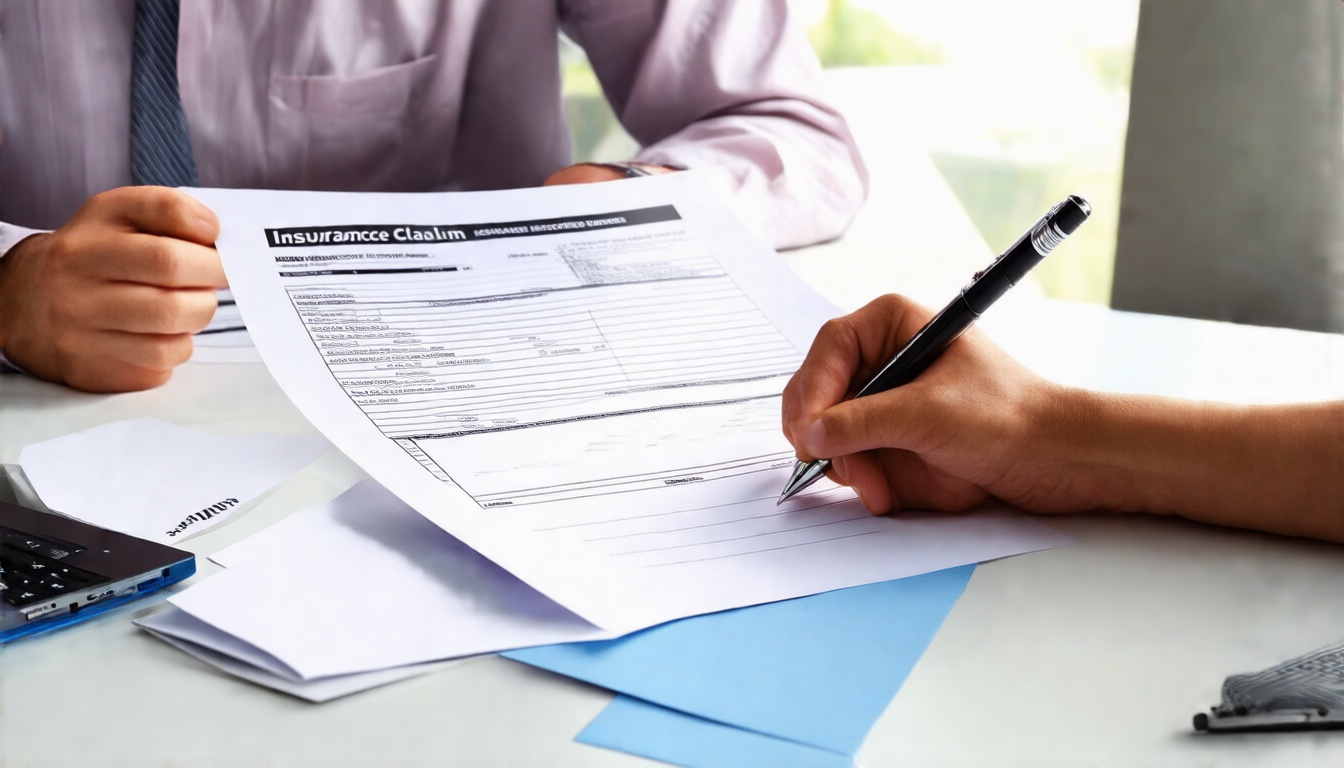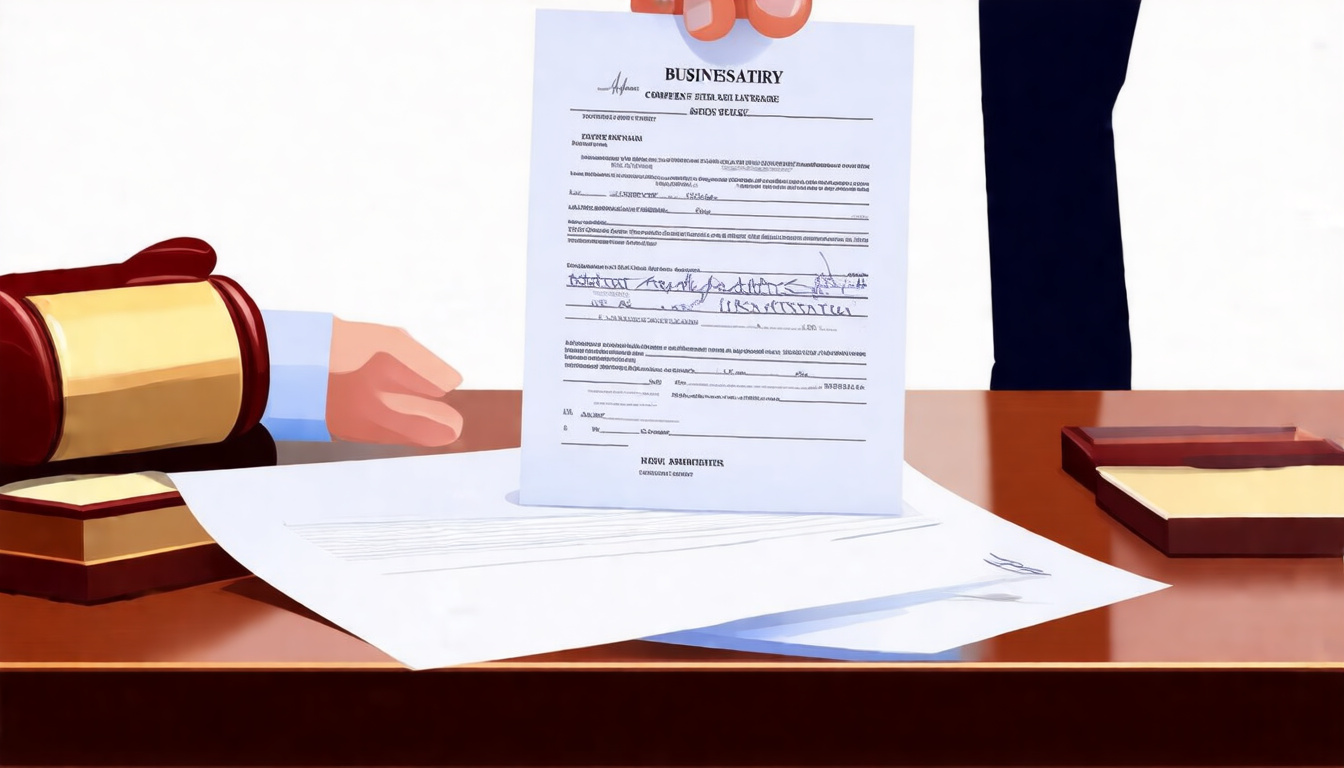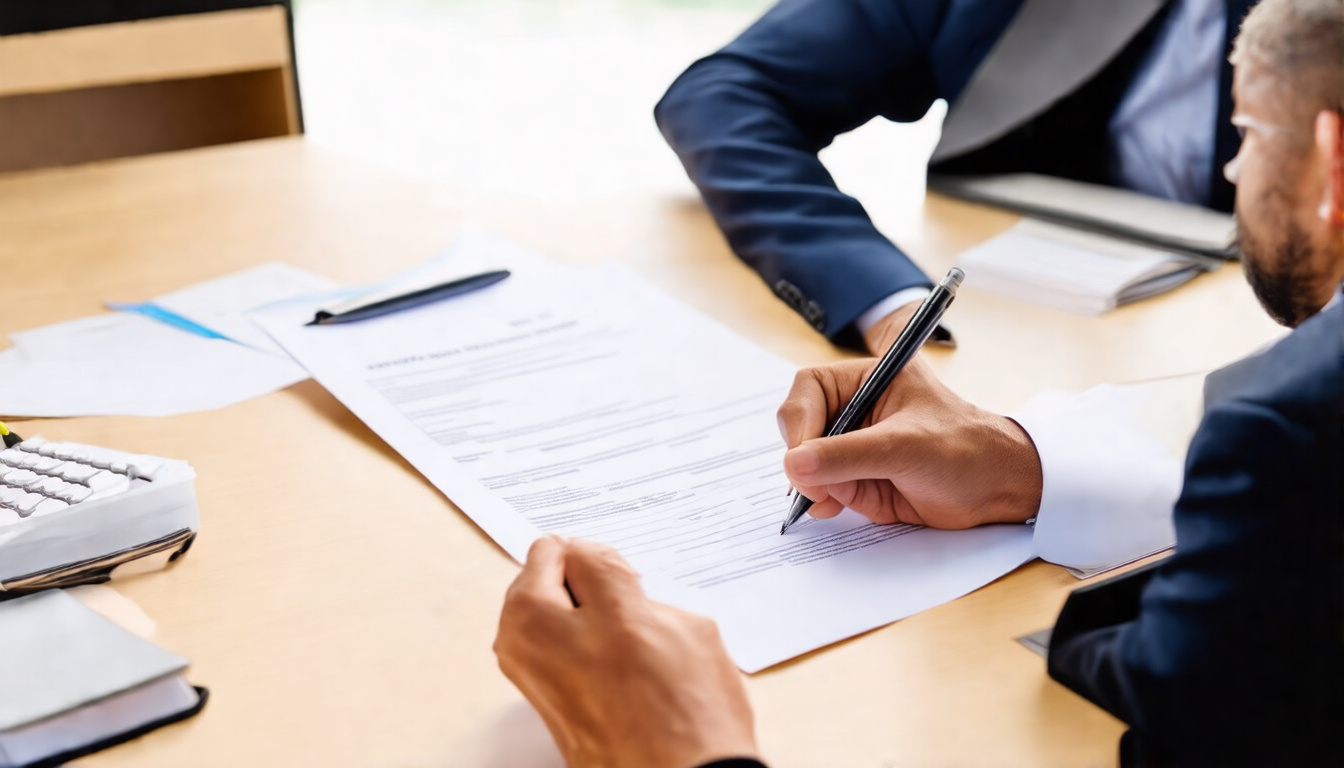When you file an insurance claim, know that an insurance adjuster links you directly to the company.
They check damage, verify your claim, and help set your compensation.
This article explores their work, shows how they act, and offers ways for you to work well with them to get the best settlement.
Who Are Insurance Adjusters?
Insurance adjusters are claim experts hired by insurers.
They look at property damage, injuries, or loss and then calculate what is owed.
They collect evidence, inspect damage, interview people, and review reports.
Adjusters come in three types:
- Staff Adjusters: They work solely for one insurance company.
- Independent Adjusters: They work on contracts with various companies.
- Public Adjusters: They work for you as the policyholder, usually for a fee.
Knowing your adjuster type shapes how your claim is managed.
How Insurance Adjusters Affect Your Claim
Insurance adjusters decide if your claim is valid.
They check each fact and set how much money may be paid.
Their work makes a big impact on your final settlement.
Investigation and Documentation
Adjusters gather facts.
They take photos, get repair estimates, and review bills.
They record each detail carefully, and their report helps decide how fast your claim moves.
Damage Evaluation
Adjusters use their skills to set repair costs.
They work with industry tools and standards to give a number that fits the damage.
When your view of fair value differs from theirs, negotiation can start.

Negotiation and Settlement Recommendations
After reviewing details, an adjuster offers a settlement number.
For staff and independent adjusters, this number shows the insurer’s limit.
Public adjusters fight for the true cost of your loss.
Their report drives every step of the negotiation.
What You Can Do to Work Effectively With Insurance Adjusters
Work with adjusters to speed up your claim and improve your settlement.
Here are some tips:
- Provide Complete and Accurate Information: Tell the full story with facts.
- Organize Your Documentation: Keep receipts, photos, and reports at hand.
- Ask Questions: Clarify steps, policy details, and how conclusions are drawn.
- Keep Detailed Records: Write down every call, letter, and meeting.
- Consider Hiring a Public Adjuster: For complex claims or if you feel underpaid.
Common Challenges With Insurance Adjusters
Sometimes, you may face problems:
- Underestimation of Damage: An adjuster might lower your loss to reduce the insurer’s payout.
- Delayed Responses: Slow replies can stall your claim process.
- Policy Complexity: Hard-to-read policy language may leave you confused about your coverage.
Knowing these pitfalls helps you act and prepare in advance.
The Step-by-Step Claim and Settlement Process Involving Insurance Adjusters
- Claim Filing: You tell the insurer about your loss.
- Assigning the Adjuster: The company picks one for your claim.
- Investigation: The adjuster checks evidence, damage, and interviews parties.
- Damage Assessment: They set a cost for repair or loss.
- Settlement Offer: The insurer offers a sum based on the adjuster’s work.
- Negotiation: You can accept the offer, ask for more, or dispute it.
- Claim Resolution: Once both agree, the insurer pays and the claim closes.
FAQ About Insurance Adjusters
Q1: How do insurance adjusters determine the value of my claim?
A1: They use evidence, industry tools, repair estimates, and policy details to calculate your loss.
Q2: Can I refuse to speak with an insurance adjuster after a claim?
A2: You can say no, but cooperating usually helps your claim move along. You may seek a public adjuster or legal help if needed.
Q3: What should I do if I disagree with the adjuster’s settlement offer?
A3: You can negotiate, supply more evidence, or get a public adjuster or attorney to help secure a fair settlement.
Why Understanding Insurance Adjusters Matters
Knowing how adjusters work helps you set clear expectations.
Their report shapes your claim’s outcome and settlement amount.
When you know their methods, you can speak confidently and avoid common pitfalls.
Being informed makes it easier to get what you deserve.
Conclusion: Be Proactive and Advocate for Your Claim
Insurance adjusters shape your claim and affect your payout.
Know what they do, gather your records, and speak clearly.
Use professional help if your claim stalls.
Learn your policy well, document every loss, and work closely with adjusters to secure fair compensation.
Take charge of your claim today by understanding your policy, keeping detailed records, and engaging actively with insurance adjusters.
Author: Doyle Weaver, Attorney at Law
Home | Estate Planning | Personal Injury | Hill Country Lawyer | Terms of Service | Privacy Policy
© 2025 Digital Law Firm, P.C.
Disclaimer: The content provided in this blog is for educational and informational purposes only. It is not intended to constitute legal advice or establish an attorney-client relationship. The information presented does not address individual circumstances and should not be relied upon as a substitute for professional legal counsel. Always consult a qualified attorney for advice regarding your specific legal situation. The author and publisher are not liable for any actions taken based on the content of this blog.
